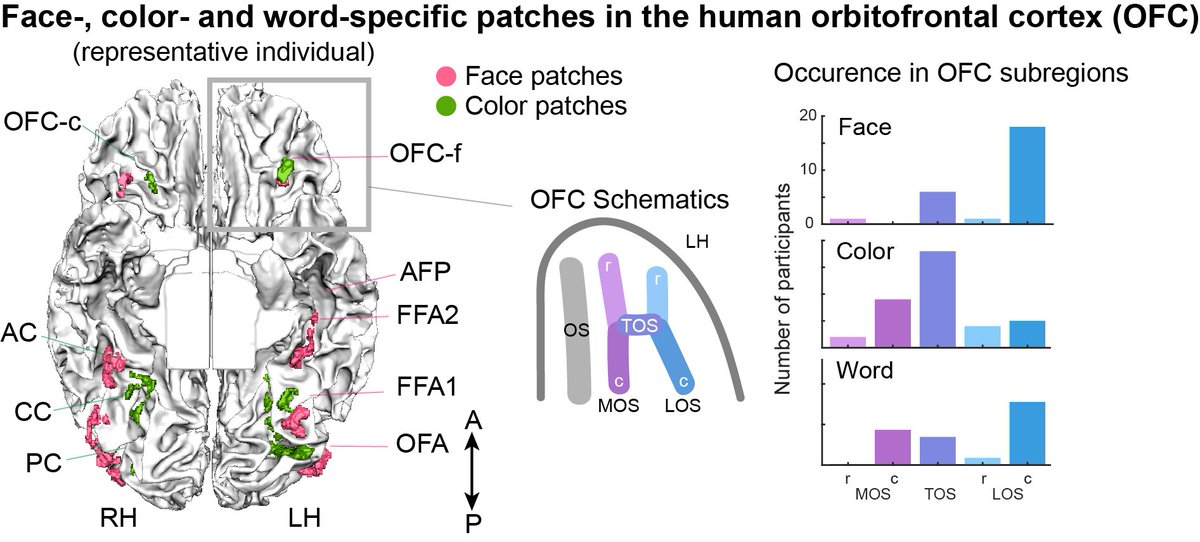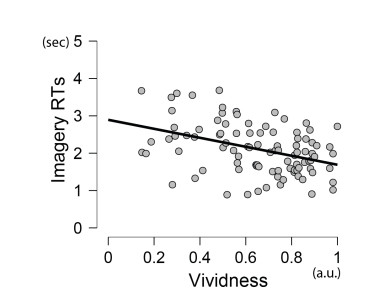
Jianghao Liu
@jianghao_liu_
Cognitive neuroscience of visual mental imagery, aphantasia and consciousness.
(1/9) Thrilled to share our new preprint🧠Using 7T fMRI, we report the presence of face-, color- and word-specific patches in the human #orbitofrontal cortex (OFC), which form continuous functional gradients with VOTC patches. doi.org/10.1101/2025.0…

Is vivid imagery reported faster than weak imagery? YES. There is an inverse correlation between subjective vividness and RTs in imagery tasks (N=117). doi.org/10.1016/j.cort…

Not all mammalian brains were created the same. The granular prefrontal cortex, an area appearing the novo in primates is wired for mental representations and precise executive control of the rest of the brain. Very important ground-breaking work 👇 cell.com/cell/abstract/…
Does aphantasia have unconscious imagery? Thrilled to annonce our new paper out on @CurrentBiology sciencedirect.com/science/articl…
We provided three criteria following the current definition of unconscious imagery by @BenceNanay, and examined the emerging neuroimaging evidence on aphantasia.
Impressive study! The fusiform imagery mode (FIN) is disconnected in acquired aphantasia!
Can brain injury cause the loss of visual imagination? We studied #aphantasia due to brain injury. Lesions were in many different regions but 100% were connected to fusiform imagery node - a region active during visual mental imagery @Brain_Circuits medrxiv.org/content/10.110…
Out now in TiCS, a thing i've been thinking about a lot: "Physics vs. graphics as an organizing dichotomy in cognition" (by Balaban & me) relevant for many people, related to imagination, intuitive physics, mental simulation, aphantasia, and more authors.elsevier.com/a/1lBaC4sIRvW-…
What are the organizing dimensions of language processing? We show that voxel responses are organized along 2 main axes: processing difficulty & meaning abstractness—revealing an interpretable, topographic representational basis for language processing shared across individuals.